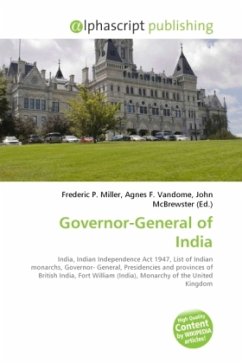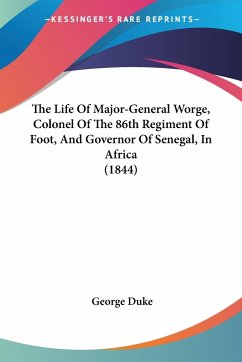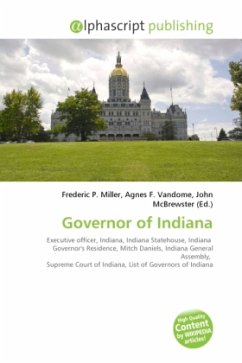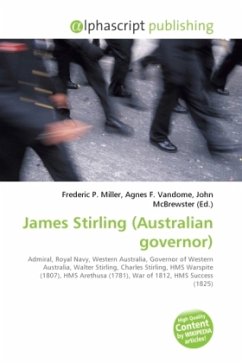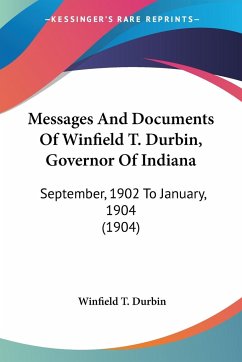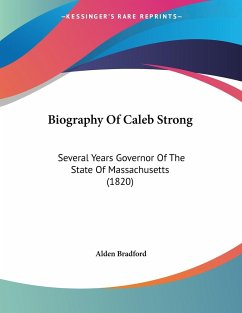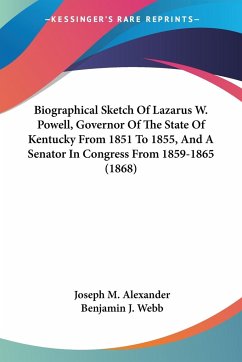The Governor-General of India (or, from 1858 to 1947, the Viceroy and Governor-General of India) was the head of the British administration in India, and later, after Indian independence, the representative of the monarch and de facto head of state. The office was created in 1773, with the title of Governor-General of the Presidency of Fort William. The officer had direct control only over Fort William, but supervised other British East India Company officials in India. Complete authority over all of British India was granted in 1833, and the official became known as the Governor-General of India.In 1858, the territories of the East India Company came under the direct control of the British Crown. The Governor-General headed the central Government of India which administered the Provinces of British India, including the Punjab, Bengal, Bombay, Madras, the United Provinces, and others. However, much of India was not ruled directly by the British government: outside the provinces of British India there were hundreds of nominally sovereign princely states or "native states", whose relationship was not with the British government, but directly with the monarch.
Bitte wählen Sie Ihr Anliegen aus.
Rechnungen
Retourenschein anfordern
Bestellstatus
Storno

